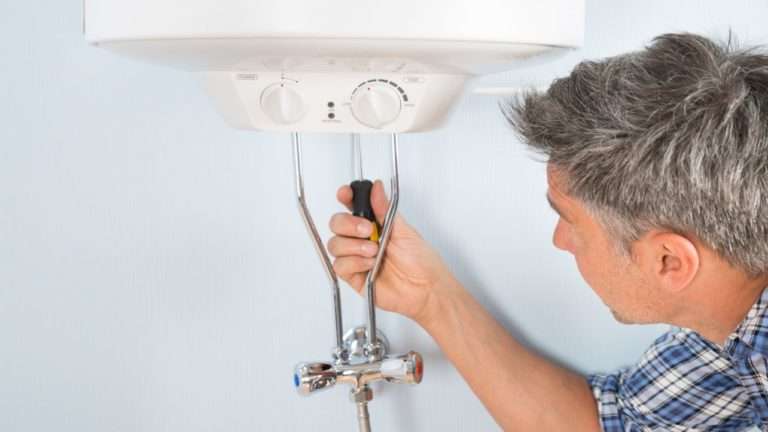Water heaters are durable appliances but they wear out and some components may fail. It’s important to know when your water heater needs repairs and when you need to purchase a new one. Read the information below to learn about four common problems that occur with water heaters and the signs you shouldn’t ignore.
Bad Heating Element
Most electric water heaters have two heating elements and one is at the top of the tank and the other one is at the bottom of the tank. Smaller water heaters will have only one element in the tank’s bottom. The job of a heating element is to heat the cold water that runs into the tank. If the element isn’t working, the water won’t reach its full temperature and you may have warm water instead of hot water. Another sign of a bad element is when the water takes longer to heat than normal. Heating elements often go bad when magnesium and calcium deposits from hard water attach to the element. If your water heater is over 10 years old, you might contact a professional to install a new water heater in Phoenix instead of spending money on new parts.
Faulty Thermostat
A thermostat controls each heating element in a water heater by keeping track of the water temperature inside the tank. When the water temperature dips below a certain point the thermostat activates the heating element to heat the water. If the thermostat does not work properly, the water won’t heat or the temperature of the water will be too hot. Water temperatures in excess of 125 degrees Fahrenheit can cause scalding or serious burns. The upper element in a two-element water heater has a reset button and if pressing the button doesn’t heat up the water, after about 15 minutes, the thermostat needs replacing.
Corroded Anode Rod
Manufacturers place an anode rod inside a water heater tank to prevent sediment from corroding the tank. Many households have hard water, so there’s a huge amount of magnesium and calcium in their water. These minerals, that are present in the soil around water well, seep into the water. A metal water heater tank will eventually corrode and rust, which leads to holes in the tank. The sacrificial anode rod corrodes first saving the tank from corrosion. If the anode rod needs replaced, you may hear a loud popping noise as the water heats up in the tank. You may also notice that your tap water has a foul smell.
Leaking Tank
If you see water on the floor underneath or beside your water heater, this signals a leak. You should first inspect the water pipes that run to the tank and the drain valve to make sure they’re not leaking. If there isn’t any water seeping from these components, there’s a leak in the tank. Often, pipes in your plumbing can be under the ground making this inspection a difficult task. In these cases, you will need Chattanooga leak detection or a plumber that offers leak detection services near you. Professionals will have the technology to find even the smallest leaks, so you can be sure you’re in good hands. Sediment that settles inside a water heater can cause the tank to deteriorate after the anode rod has completely dissolved. As this occurs, rust spots form and they eventually eat through the metal tank and cause the water to leak out. Once this occurs, the water heater is beyond repair and you must purchase a new one.
By knowing this information you can determine what issues you’re having with your water heater. Whether it’s a simple repair, such as a leaking pipe or a major issue such as a corroded tank, you can begin troubleshooting the problem. Since you use this appliance every day in the home, you must take action right away.

